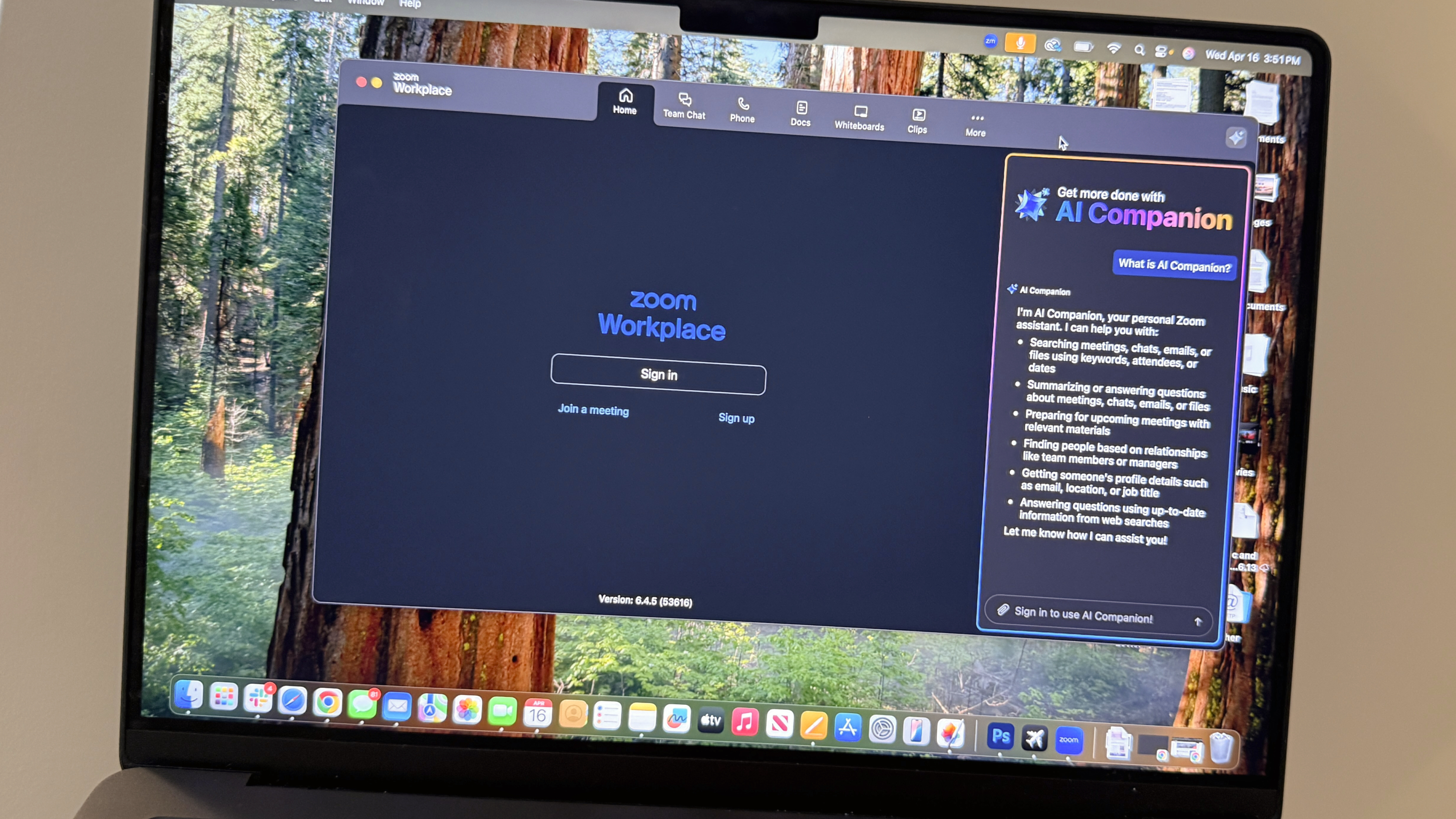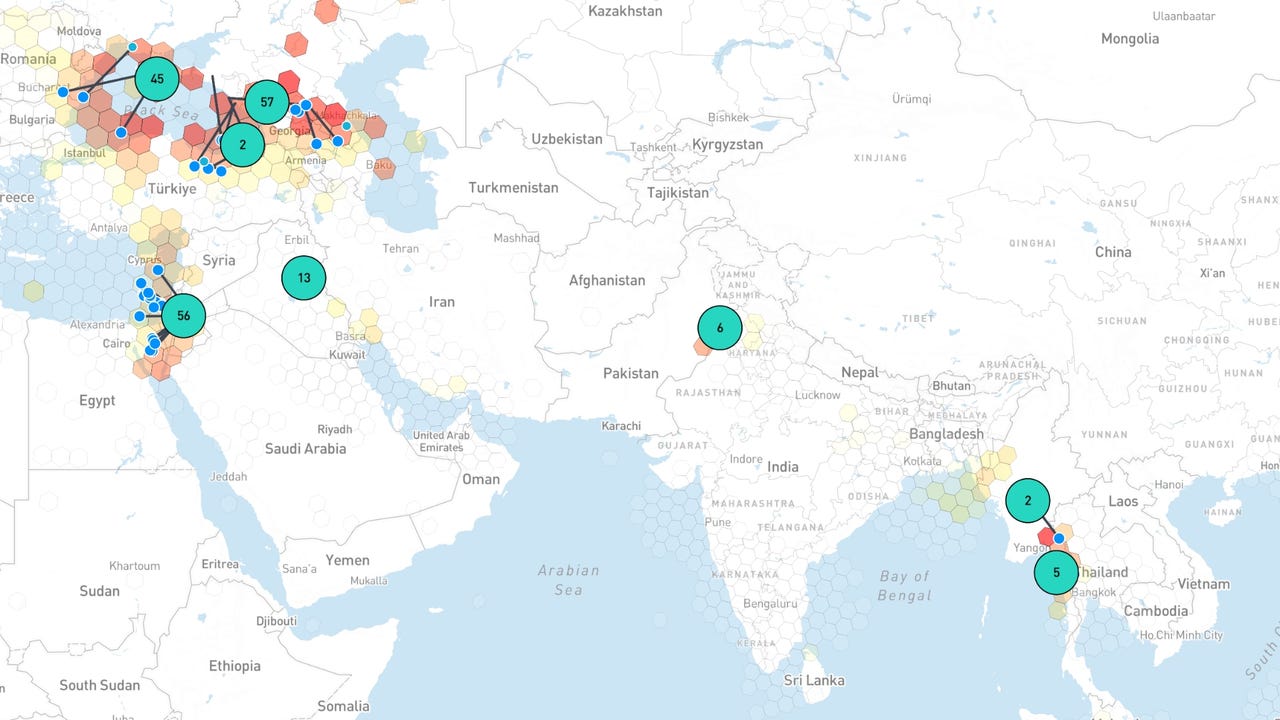Encryption and Information Security
As our lives and businesses become increasingly digital, protecting sensitive information has never been more critical. Encryption and information security play a vital role in safeguarding data from unauthorized access, cyberattacks, and data breaches. This post explores the fundamentals of encryption, security strategies, and how developers can implement protection in their applications. What is Encryption? Encryption is the process of converting readable data (plaintext) into an unreadable format (ciphertext) using an algorithm and a key. Only those with the correct key can decrypt and access the original data. Types of Encryption Symmetric Encryption: Uses the same key for encryption and decryption (e.g., AES, DES). Asymmetric Encryption: Uses a public key to encrypt and a private key to decrypt (e.g., RSA, ECC). Hashing: Converts data into a fixed-length string; used for data verification, not reversible (e.g., SHA-256). Common Use Cases Securing communications (HTTPS, email) Protecting stored data (databases, files) User authentication and password protection Digital signatures and certificates Secure financial transactions and blockchain Basic Encryption Example in Python (AES) from Crypto.Cipher import AES import base64 key = b'ThisIsASecretKey' # 16 bytes cipher = AES.new(key, AES.MODE_EAX) nonce = cipher.nonce ciphertext, tag = cipher.encrypt_and_digest(b'Confidential Data') print("Encrypted:", base64.b64encode(ciphertext)) What is Information Security? Information security (InfoSec) is the practice of preventing unauthorized access, use, disclosure, disruption, or destruction of data. It includes policies, practices, and technologies to protect digital and physical assets. Pillars of Information Security (CIA Triad) Confidentiality: Ensures data is accessible only to authorized users. Integrity: Ensures data remains accurate and unaltered. Availability: Ensures data and services are accessible when needed. Best Practices for Developers Use HTTPS and SSL/TLS for data transmission Encrypt sensitive data in databases and files Use secure password hashing (e.g., bcrypt, Argon2) Regularly update and patch software dependencies Implement access control and user authentication Log and monitor activity for anomalies Popular Tools and Libraries OpenSSL: Toolkit for SSL/TLS encryption PyCryptodome: Cryptographic library for Python GnuPG: Open-source encryption tool for emails and files OWASP ZAP: Security testing tool for web applications Compliance and Legal Considerations Follow regulations like GDPR, HIPAA, and PCI-DSS Use encryption standards approved by NIST Be transparent with users about data collection and protection Conclusion Encryption and information security are essential components of any modern software system. Whether you're a developer or a tech-savvy user, understanding how to protect data can help prevent devastating cyber incidents. Start applying encryption techniques and InfoSec principles to make your applications and digital life more secure.

As our lives and businesses become increasingly digital, protecting sensitive information has never been more critical. Encryption and information security play a vital role in safeguarding data from unauthorized access, cyberattacks, and data breaches. This post explores the fundamentals of encryption, security strategies, and how developers can implement protection in their applications.
What is Encryption?
Encryption is the process of converting readable data (plaintext) into an unreadable format (ciphertext) using an algorithm and a key. Only those with the correct key can decrypt and access the original data.
Types of Encryption
- Symmetric Encryption: Uses the same key for encryption and decryption (e.g., AES, DES).
- Asymmetric Encryption: Uses a public key to encrypt and a private key to decrypt (e.g., RSA, ECC).
- Hashing: Converts data into a fixed-length string; used for data verification, not reversible (e.g., SHA-256).
Common Use Cases
- Securing communications (HTTPS, email)
- Protecting stored data (databases, files)
- User authentication and password protection
- Digital signatures and certificates
- Secure financial transactions and blockchain
Basic Encryption Example in Python (AES)
from Crypto.Cipher import AES
import base64key = b'ThisIsASecretKey' # 16 bytes
cipher = AES.new(key, AES.MODE_EAX)
nonce = cipher.nonce
ciphertext, tag = cipher.encrypt_and_digest(b'Confidential Data')print("Encrypted:", base64.b64encode(ciphertext))
What is Information Security?
Information security (InfoSec) is the practice of preventing unauthorized access, use, disclosure, disruption, or destruction of data. It includes policies, practices, and technologies to protect digital and physical assets.
Pillars of Information Security (CIA Triad)
- Confidentiality: Ensures data is accessible only to authorized users.
- Integrity: Ensures data remains accurate and unaltered.
- Availability: Ensures data and services are accessible when needed.
Best Practices for Developers
- Use HTTPS and SSL/TLS for data transmission
- Encrypt sensitive data in databases and files
- Use secure password hashing (e.g., bcrypt, Argon2)
- Regularly update and patch software dependencies
- Implement access control and user authentication
- Log and monitor activity for anomalies
Popular Tools and Libraries
- OpenSSL: Toolkit for SSL/TLS encryption
- PyCryptodome: Cryptographic library for Python
- GnuPG: Open-source encryption tool for emails and files
- OWASP ZAP: Security testing tool for web applications
Compliance and Legal Considerations
- Follow regulations like GDPR, HIPAA, and PCI-DSS
- Use encryption standards approved by NIST
- Be transparent with users about data collection and protection
Conclusion
Encryption and information security are essential components of any modern software system. Whether you're a developer or a tech-savvy user, understanding how to protect data can help prevent devastating cyber incidents. Start applying encryption techniques and InfoSec principles to make your applications and digital life more secure.





































































![Apple M4 13-inch iPad Pro On Sale for $200 Off [Deal]](https://www.iclarified.com/images/news/97056/97056/97056-640.jpg)

![Apple Shares New 'Mac Does That' Ads for MacBook Pro [Video]](https://www.iclarified.com/images/news/97055/97055/97055-640.jpg)
![Apple Releases tvOS 18.4.1 for Apple TV [Download]](https://www.iclarified.com/images/news/97047/97047/97047-640.jpg)






























































































































































































![[The AI Show Episode 144]: ChatGPT’s New Memory, Shopify CEO’s Leaked “AI First” Memo, Google Cloud Next Releases, o3 and o4-mini Coming Soon & Llama 4’s Rocky Launch](https://www.marketingaiinstitute.com/hubfs/ep%20144%20cover.png)


































































































































































.png?width=1920&height=1920&fit=bounds&quality=70&format=jpg&auto=webp#)































































